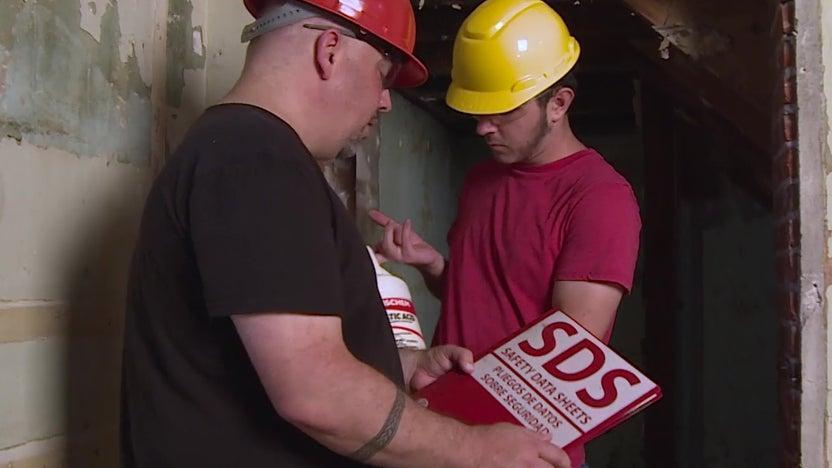Hazard communication is an important aspect of safety in construction environments, where workers are often exposed to a variety of hazards and risks. It’s important for businesses in construction environments to have effective hazard communication policies and procedures in place to protect workers and prevent accidents and injuries.
Here are ten important tips for hazard communication in construction environments:
- Understand the hazards associated with your workplace. Identify the hazards and risks associated with your workplace, such as chemical, physical, and biological hazards, to ensure that appropriate safety measures are in place.
- Develop a written hazard communication program. Develop a written hazard communication program that includes information on the hazards and risks associated with your workplace, as well as the measures that should be taken to prevent accidents and injuries.
- Provide appropriate training. Provide workers with appropriate training on hazard communication, including how to identify hazards and risks, how to use safety data sheets and other resources, and how to report incidents and injuries.
- Use labels and other forms of warning. Use labels and other forms of warning, such as signs and posters, to alert workers to the presence of hazards and to provide information on the appropriate safety measures.
- Provide safety data sheets. Provide safety data sheets for all hazardous chemicals in the workplace, so that workers have access to detailed information on the hazards and safety measures associated with these chemicals.
- Implement a system for reporting incidents and injuries. Implement a system for workers to report incidents and injuries, so that appropriate action can be taken to prevent future incidents and to protect workers.
- Conduct regular safety inspections. Conduct regular safety inspections of the workplace to identify potential hazards and risks, and take appropriate action to address any issues that are identified.
- Update hazard communication policies and procedures regularly. Review and update hazard communication policies and procedures on a regular basis to ensure that they remain effective and relevant.
- Follow all applicable laws and regulations. Make sure to follow all applicable laws and regulations related to hazard communication, including OSHA’s Hazard Communication Standard.
- Work with a safety consultant. Consider working with a safety consultant to develop and implement effective hazard communication policies and procedures, and to provide training and support for workers.
By following these tips and implementing appropriate hazard communication measures, businesses in construction environments can create a safer work environment and protect their workers from accidents and injuries.
Do you need Online Construction Safety Training?
Try a free demonstration of Hazard Communication in Construction Environments:


